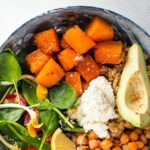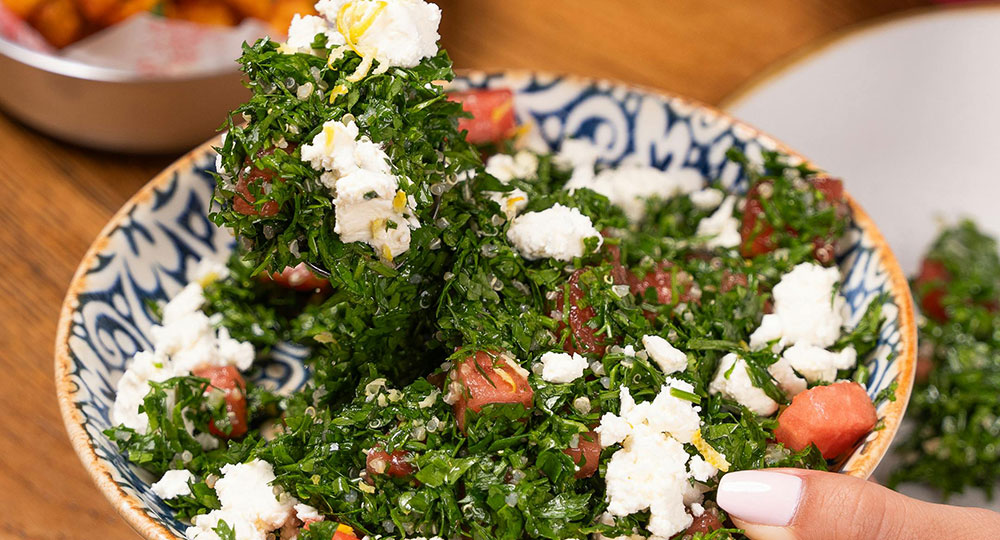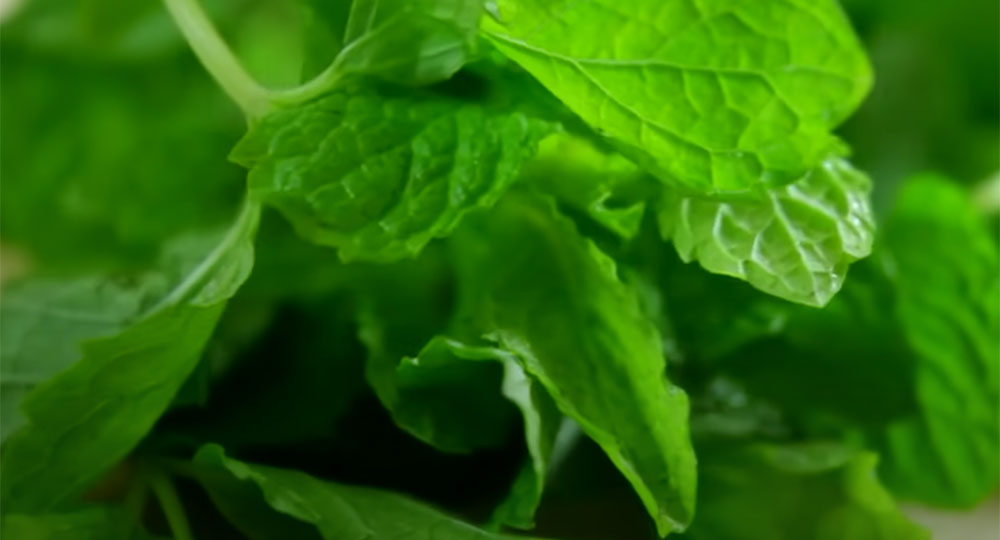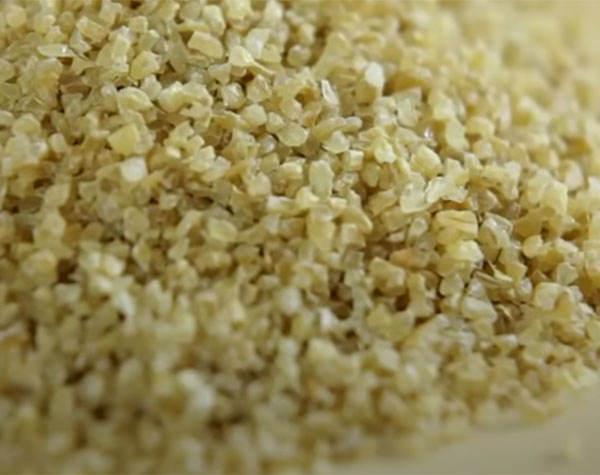
Vegetarian Buddha Bowl
October 6, 2024
Tempeh: A Protein-Packed Superfood for Vegetarians
October 28, 2024
Vegetarian Buddha Bowl
October 6, 2024
Tempeh: A Protein-Packed Superfood for Vegetarians
October 28, 2024
A Fresh Taste of the Middle East
Tabbouleh: A Fresh Taste of the Middle East
Tabbouleh, a vibrant and refreshing salad, hails from the Levant region of the Middle East, particularly Lebanon and Syria. Known for its fresh, zesty flavor, tabbouleh is a star dish in Middle Eastern cuisine, traditionally served as part of a mezze platter alongside hummus, baba ghanoush, and pita bread. Though it may appear simple, tabbouleh’s unique combination of herbs, grains, and vegetables makes it a nourishing, flavorful, and satisfying dish, perfect for any occasion.
30 Mins
Easy
Serves 4
The Heart of Tabbouleh: Parsley and Bulgur
The essence of tabbouleh lies in two main ingredients: fresh parsley and bulgur wheat. Parsley, often thought of as just a garnish in many cuisines, takes center stage in this dish. It is used in abundance, finely chopped, and forms the green base of the salad. Parsley is not only flavorful but also packed with nutrients. It's rich in vitamins A, C, and K, and contains antioxidants that promote health.
Bulgur wheat, the second key ingredient, is a type of cracked wheat that’s been pre-cooked and dried, making it quick and easy to prepare. It has a chewy texture and nutty flavor that pairs perfectly with the fresh ingredients. Bulgur is soaked, rather than boiled, to retain its delicate texture, making the salad light and fluffy. It's also an excellent source of fiber and protein, adding heartiness to what would otherwise be a simple herb salad.
Fresh and Zesty: Tomatoes, Onions, and Mint
To balance the rich green parsley and bulgur, tomatoes are diced and mixed in, adding a burst of juiciness and sweetness. Ripe, fresh tomatoes are essential for achieving the right flavor balance. Onions—either green onions or finely chopped white onions—add a sharp, savory note that complements the sweetness of the tomatoes.
In many versions of tabbouleh, fresh mint leaves are also included, contributing a refreshing, cooling flavor that lifts the entire dish. The mint not only enhances the flavor but also adds an aromatic quality, making every bite feel bright and fresh.

The Perfect Dressing: Olive Oil and Lemon Juice
The beauty of tabbouleh lies in its simplicity, and the dressing follows this rule. A classic tabbouleh dressing consists of two main ingredients: extra-virgin olive oil and lemon juice. The olive oil gives the salad a smooth, rich mouthfeel, while the lemon juice adds the necessary acidity to balance the dish. Together, they create a light, zesty dressing that perfectly coats the grains and herbs without overpowering their natural flavors.
A touch of salt is added to taste, and some recipes may include a dash of black pepper or allspice for a subtle warmth. The dressing binds all the ingredients together, enhancing their flavors while allowing the freshness of the parsley, mint, and tomatoes to shine.
A Nutritional Powerhouse
Not only is tabbouleh delicious, but it's also a nutritional powerhouse. The generous amount of parsley provides a significant dose of vitamins A, C, and K, as well as antioxidants that help reduce inflammation and support the immune system. Bulgur wheat is high in fiber, which aids digestion and keeps you feeling full longer. The olive oil adds heart-healthy fats, while the tomatoes offer vitamin C and lycopene, an antioxidant known for its cancer-fighting properties.
This makes tabbouleh an excellent choice for those looking to enjoy a meal that is not only light and refreshing but also packed with health benefits.
Variations and Modern Twists
While the traditional recipe is widely beloved, modern versions of tabbouleh often incorporate different grains and vegetables. For a gluten-free alternative, some recipes use quinoa instead of bulgur. This variation maintains the fluffy texture while adding a complete source of plant-based protein. Some cooks may also add extra vegetables like cucumbers or bell peppers for added crunch and flavor.
In terms of herbs, while parsley and mint are traditional, some variations include cilantro or dill for a different twist. Regardless of the slight modifications, the core of tabbouleh remains the same—a celebration of fresh, wholesome ingredients.
Serving Tabbouleh: A Versatile Dish
Tabbouleh is typically served as a side dish, but its versatility makes it suitable for many occasions. It can be enjoyed as a light lunch on its own or paired with grilled vegetables, falafel, or flatbreads for a more substantial meal. It’s also a popular addition to vegetarian or vegan meals, providing a nutritious, plant-based option that’s bursting with flavor.
Because of its refreshing and light nature, tabbouleh is especially popular during warm weather. Its bright, citrusy flavor makes it a perfect picnic or barbecue dish, offering a cooling contrast to richer, heavier foods.
Conclusion: A Taste of Tradition with Every Bite
At its heart, tabbouleh is more than just a salad—it’s a reflection of Middle Eastern culinary tradition, emphasizing the importance of fresh ingredients and simple, yet balanced, flavors. Whether served as part of a mezze spread or enjoyed on its own, tabbouleh provides a delightful, refreshing taste of the Mediterranean that’s not only satisfying but also nourishing.
For those looking to explore new, health-conscious dishes, tabbouleh is a must-try. Its bright flavors, nutritious ingredients, and versatility make it a perfect dish for any occasion. So next time you’re in the mood for something light, fresh, and full of life, look no further than tabbouleh.
How to cook Tabbouleh at home?
Here's a step-by-step guide to cook Tabbouleh at home:
Ingredients:
- 1/2 cup bulgur wheat (fine or medium grain)
- 1 cup boiling water
- 2 bunches fresh parsley (flat-leaf preferred), finely chopped
- 1/4 cup fresh mint leaves, finely chopped
- 2-3 medium tomatoes, diced
- 2-3 green onions, finely chopped (or 1 small white onion)
- 1/4 cup extra-virgin olive oil
- 1/4 cup freshly squeezed lemon juice (about 1-2 lemons)
- Salt, to taste
- Pepper (optional), to taste
Preparation Steps:

